What is the Need for Reverse Engineering in Mechanical Engineering?
What is the Need for Reverse Engineering in Mechanical Engineering?
What Is Reverse Engineering (RE):
Reverse Engineering simply ‘RE’ is the process of duplicating an existing component, sub-assembly, or product, without the aid of drawings, documentation, or computer model is known as reverse engineering.
Need For Reverse Engineering (RE):
- The original manufacturer of a product no longer produces a product
- There is inadequate documentation of the original design
- The original manufacturer no longer exists, but a customer needs the product
- The original design documentation has been lost or never existed
- Some bad features of a product need to be designed out. For example, excessive wear might indicate where a product should be improved
- To strengthen the good features of a product based on long-term usage of the product
- To analyze the good and bad features of competitors’ product
- To explore new avenues to improve product performance and features
- To gain competitive benchmarking methods to understand competitor’s products and develop better products
- The original CAD model is not sufficient to support modifications or current manufacturing methods
- The original supplier is unable or unwilling to provide additional parts
- The original equipment manufacturers are either unwilling or unable to supply replacement parts, or demand inflated costs for sole-source parts
- To update obsolete materials or antiquated manufacturing processes with more current, less-expensive technologies
- RE services, Coordinate measurement machine for inspection of parts turbine blade prototypes, Product development
Process of Reverse Engineering:
- Identify the system’s components and their interrelationships
- Create representations of the system in another form or a higher level of abstraction
- Create the physical representation of that system
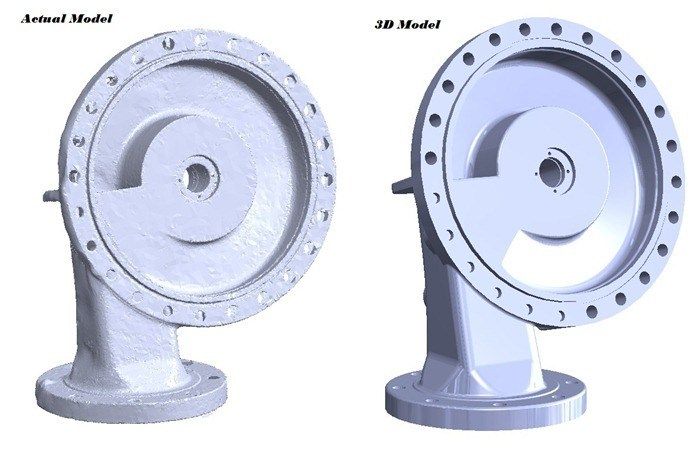
Important Points To remember About RE:
Reverse engineering enables the duplication of an existing part by capturing the component’s physical dimensions, features, and material properties. Before attempting reverse engineering, a well-planned life-cycle analysis and cost/benefit analysis should be conducted to justify the reverse engineering projects. RE is typically cost effective only if the items to be reverse engineered reflect a high investment or will be reproduced in large quantities. RE of a part may be attempted even if it is not cost effective, if the part is absolutely required and is mission-critical to a system.
Product Development by CAD Integrated Reverse Engineering Concepts:
Reverse engineering of mechanical parts involves acquiring three-dimensional position data in the point cloud using laser scanners or computed tomography (CT). Representing geometry of the part in terms of surface points is the first step in creating parametric surface patches. A good polymesh is created from the point cloud using RE software. The cleaned-up polymesh, NURBS (Non-uniform rational B-spline) curves, or NURBS surfaces are exported to CAD packages for further refinement, analysis, and generation of cutter tool paths for CAM. Finally, the CAM produces the physical part.
Services:
- Contact & Non-Contact (laser) Scanning
- Deviation Analysis of physical part with CAD Model
- Dimensional Inspection & Validation
Components Of Reverse Engineering:
- Digitizing or Scanning Hardware (Portable CMM)
- CAD Design Software
- CAD Integrated RE Software plug-in.
Reverse Engineering Software:
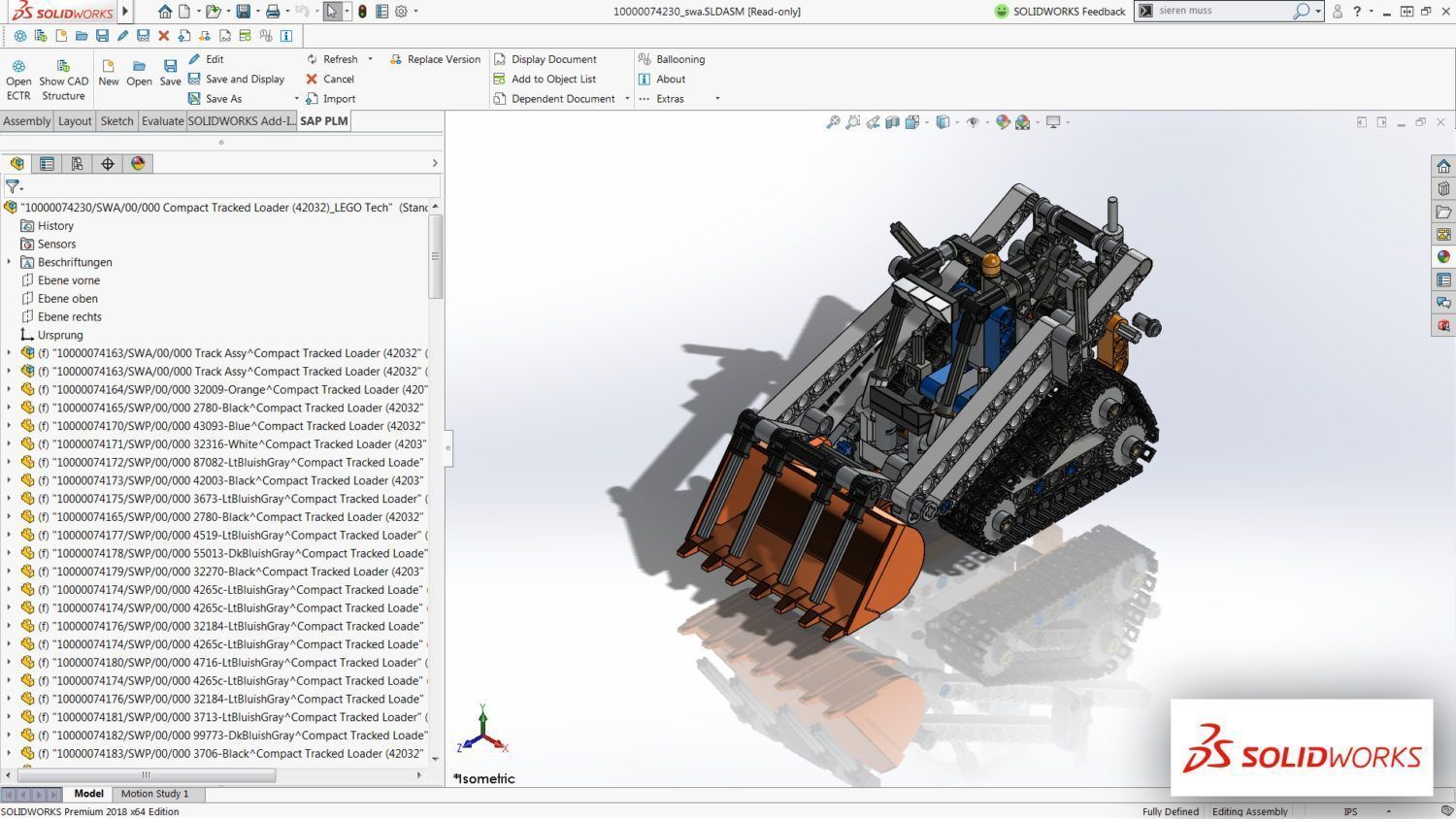
- RapidformXO Redesign:
This software makes the process of creating parametric CAD models from real world parts faster and easier by utilizing a design process and user interface that are instantly familiar to CAD users.
- Geomagic Studio:
Geomagic Studio transforms 3D scan data and polygon meshes into accurate 3D digital models for RE, product design, rapid prototyping and analysis.
- RevWorks:
RevWorks enhances the state of the art for CAD-Driven Reverse Engineering. In linking SolidWorks to your 3D digitizer or coordinate measuring machine (CMM), RevWorks opens the door to greatly enhanced productivity.
- DezignWorks:
The standard in RE for SolidWorks, allowing users to create complex 2D and 3D shapes, with a Romer, Faro, Baces, or MicroScribe Digitizer/Portable CMM.
- Rhinoceros NURBS Modeling for Windows:
Rhino can create, edit, analyze, and translate NURBS curves, surfaces, and solids in Windows and offers full support for all 3D Digitizers and Portable CMMs.
Applications Of Reverse Engineering:

Reverse engineering is very common in such diverse fields as software engineering, entertainment, automotive, consumer products, microchips, chemicals, electronics, and mechanical designs. For example, when a new machine comes to market, competing manufacturers may buy one machine and disassemble it to learn how it was built and how it works. A chemical company may use reverse engineering to defeat a patent on a competitor’s manufacturing process. In civil engineering, bridge and building designs are copied from past successes so there will be less chance of catastrophic failure. In software engineering, good source code is often a variation of other good source code.
In some situations, designers give a shape to their ideas by using clay, plaster, wood, or foam rubber, but a CAD model is needed to enable the manufacturing of the part. As products become more organic in shape, designing in CAD may be challenging or impossible. There is no guarantee that the CAD model will be acceptably close to the sculpted model. RE provides a solution to this problem because the physical model is the source of information for the CAD model. This is also referred to as the part-to-CAD process.
If you want to explore more about Reverse Engineering, other CAD software and how to master them, check out our Blog Posts here or contact us here to get in touch with a Reverse Engineering expert!

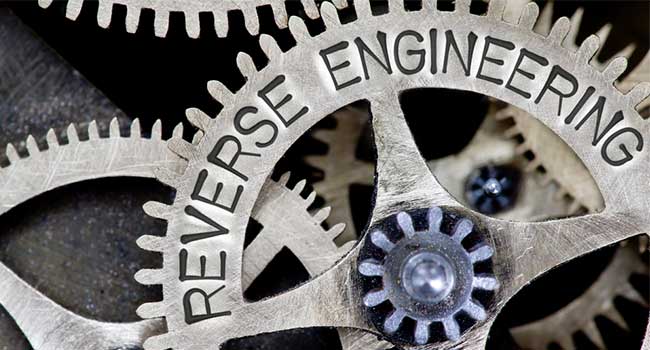
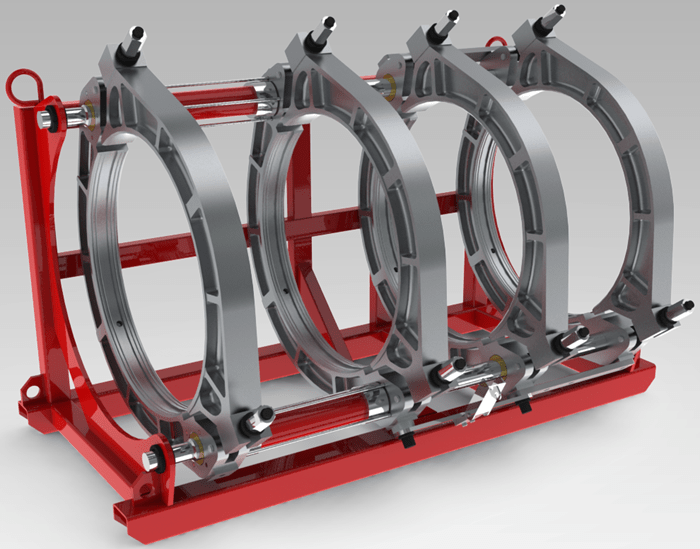
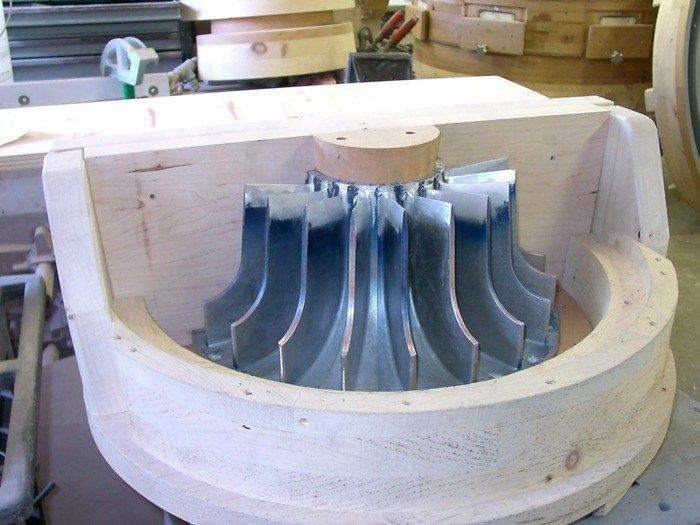


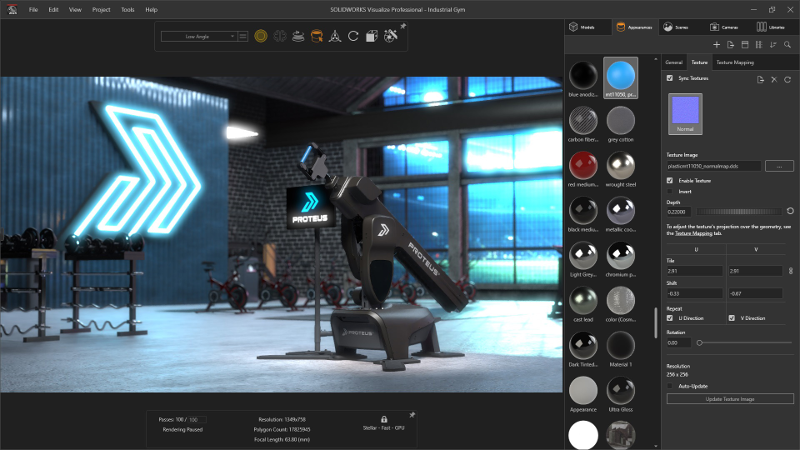
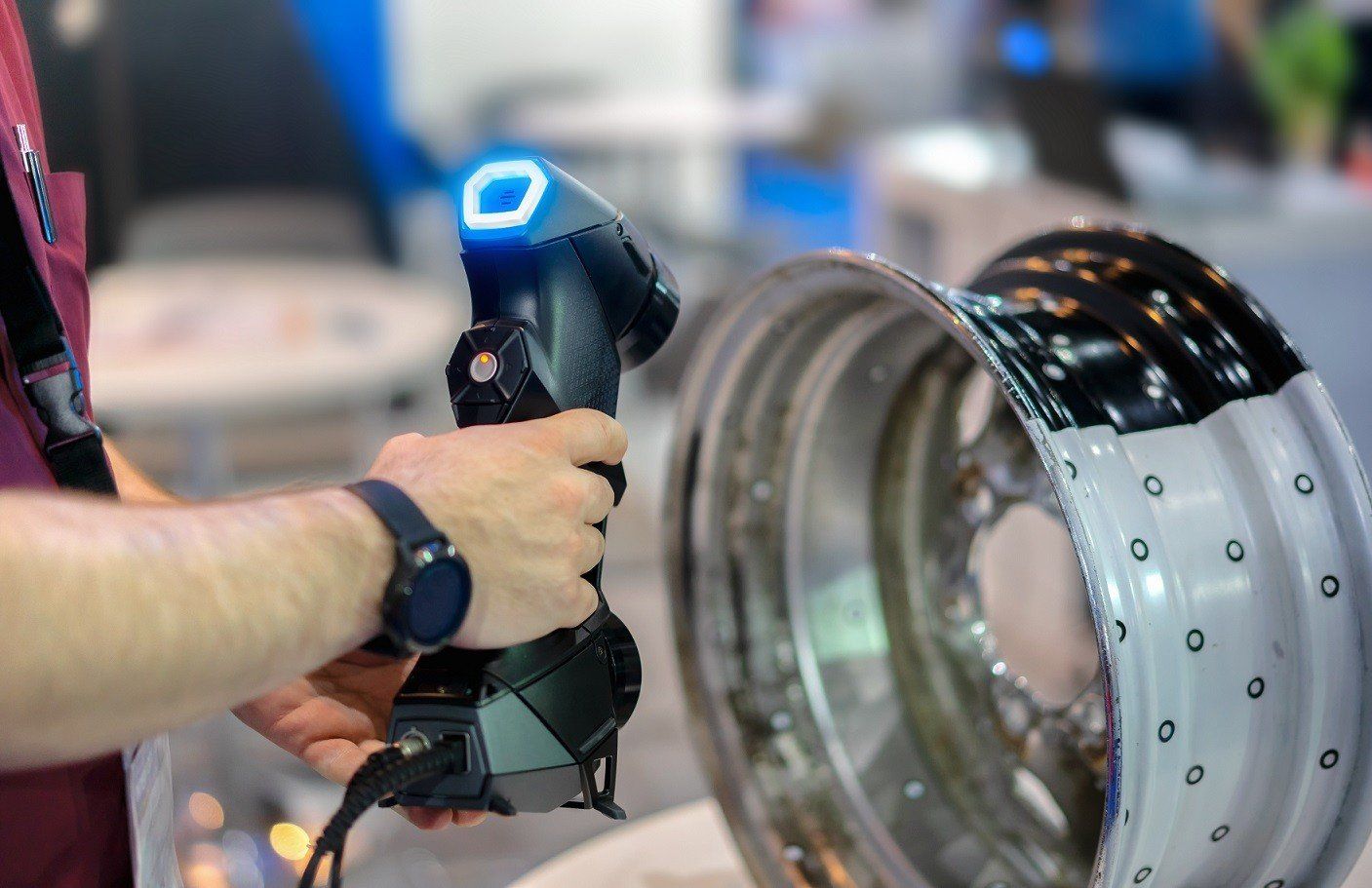

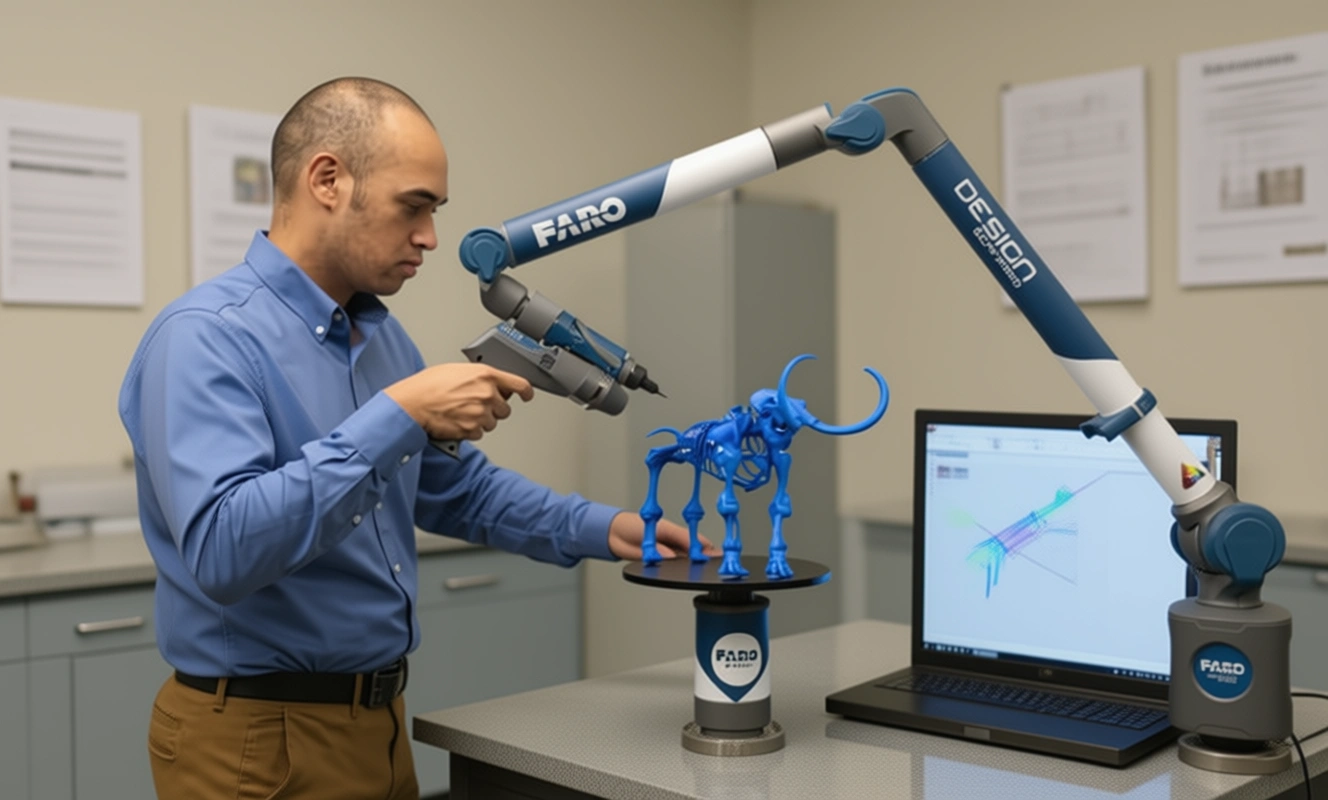

There are no comments